Anton Lamberg and Lisa van Kleef represent LAVA's Amsterdam studio. They capture brands in unexpected ways by stripping away noise that gets in the way of a compelling story, and by "dancing on the edge of the volcano".
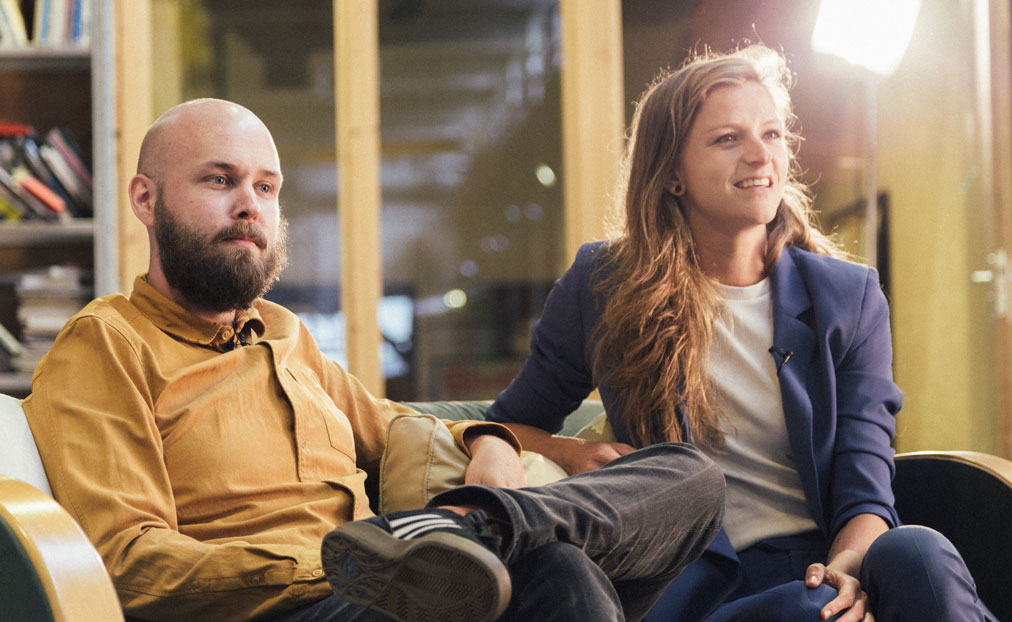
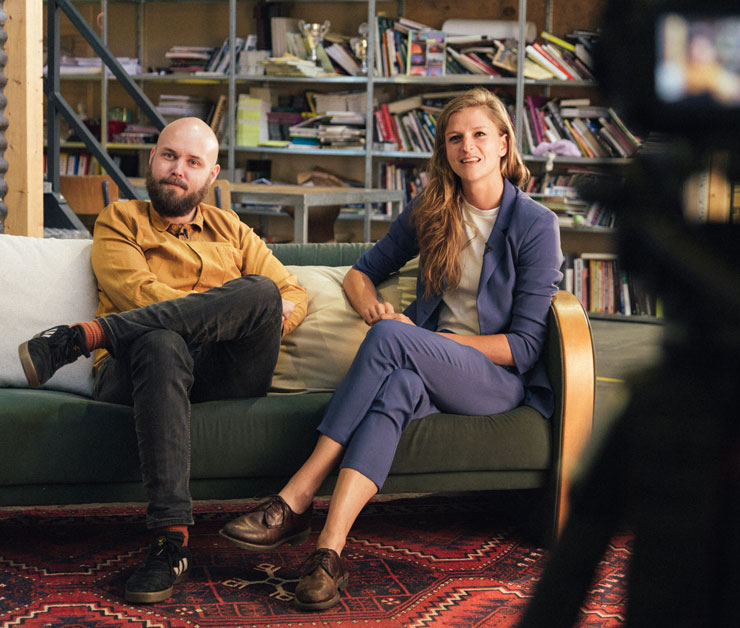
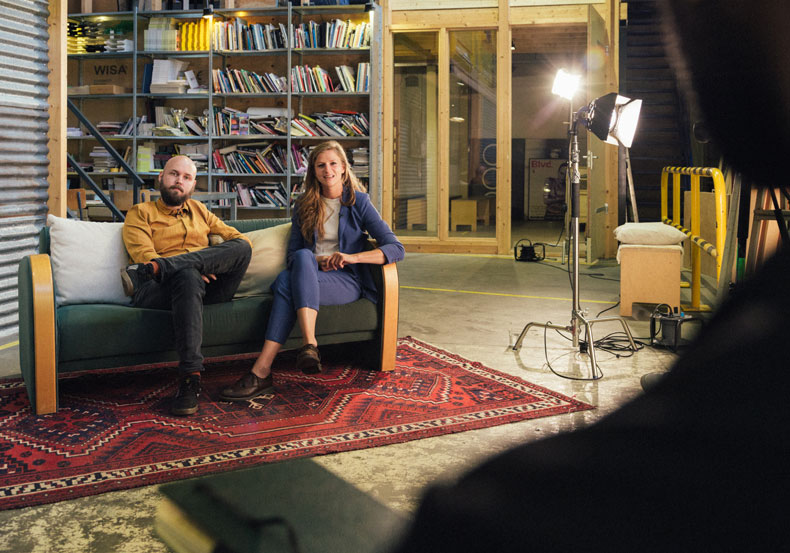
We don't set out to make something bold, but quite often the bold version of it is the most true version of what we want to do with it. — ANTON
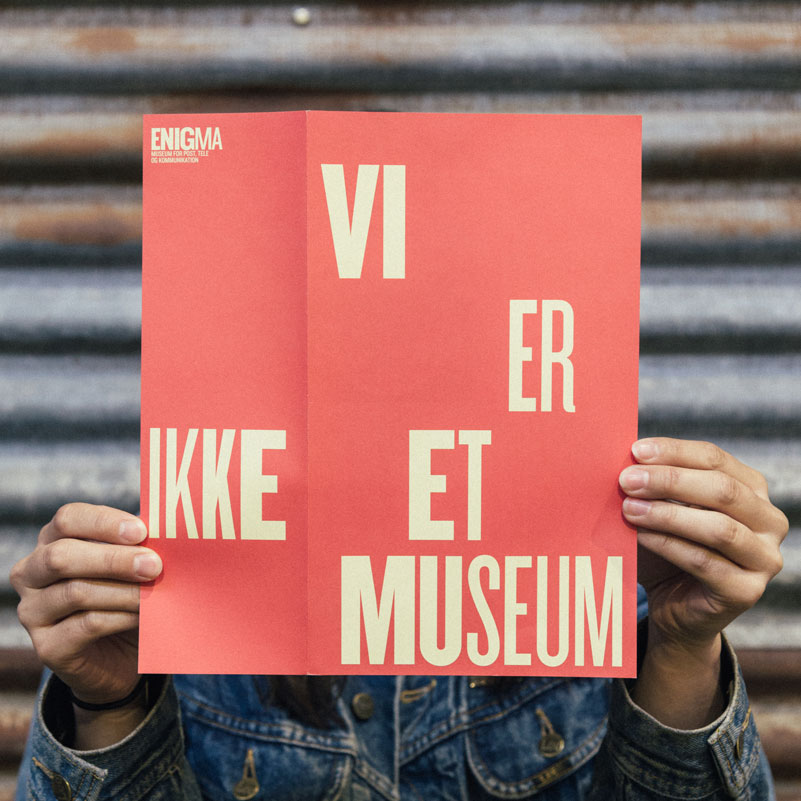
We try to get to the core and strip down all the noise. And see what is this relevant story thats needs to be told. — LISA
Dynamic branding has the possibility to live with the organization and actually grow with it. — ANTON
It's about a certain energy and a certain type of guts. Not being afraid to experiment, to feel and to have fun. — LISA
For the Enigma Museum of Communication in Copenhagen, LAVA was given a design brief to rebrand the Post and Tele Museum, and took on the challenge to create an identity that was communication.
We try to get to the core and strip down all the noise. And see what is this relevant story thats needs to be told. — LISA
We don't set out to make something bold, but quite often the bold version of it is the most true version of what we want to do with it. — ANTON
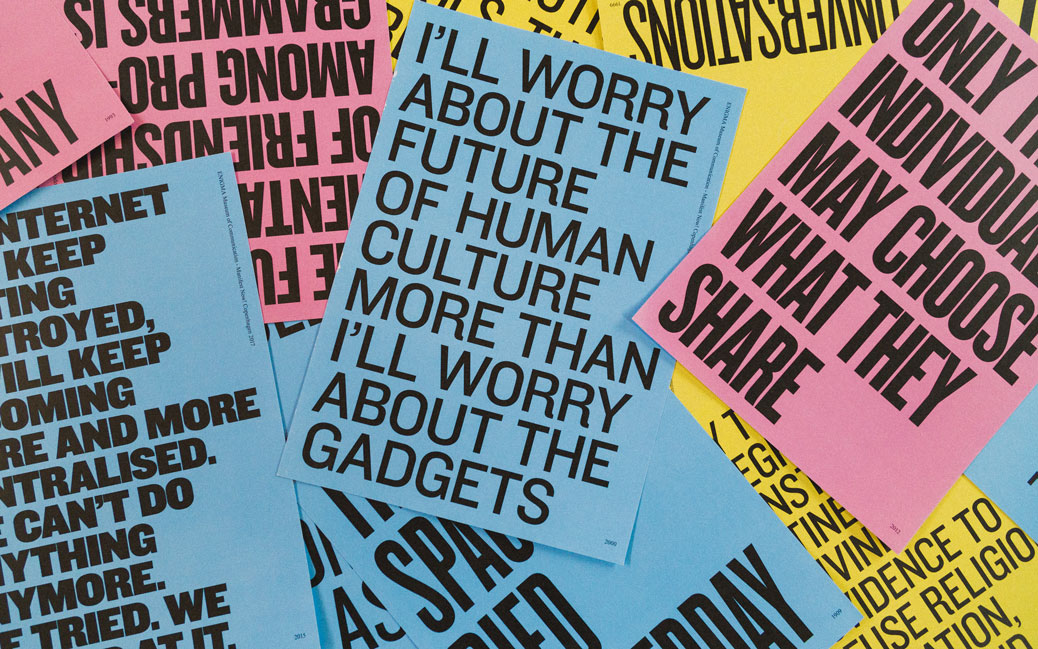
00:00:11
LISA: So we're Anton and Lisa and we're both partner at LAVA and we are an independent, creative agency operating across two continents. So we're based both in Beijing and here in Amsterdam and we're continuously redefining the interactive world.
00:00:28
ANTON: I think most creatives have sometimes ideas that I think are just not doable.. And when you pull off one of those ideas, the amount of energy you get back, by doing the thing that is not expected, it's not supposed to be done and there's such an energy rush for a studio to do that, we are maybe hooked on it I think.
00:00:47
ANTON: Enigma Museum of Communication. It was previously the post office museum of Copenhagen and approached us and it was one of those times you get a pitch that you just fall in love with because they came to us and said, we want to change everything. And they basically asked us, can you make an identity that is communication
00:01:04
ANTON: Almost all design process we do, we focus on finding a base analysis or a base idea or mechanic and then we translate that to form. And in this one it was really about showing that dynamic quality of communication. That's why there’s 1024 versions of the logo doing different things like whispering or shouting or pointing in different directions. And we wanted everything to be there in a way where this one, because we knew, okay, they're going to drop some new technology in half a year, but they're going to talk about, and then we make something for now, and by the time they start using it, it's old.
00:01:39
LISA: Like there's these moments in communication where you get, you get sort of confused. So we wanted to translate this a weird thing that happens in communication to the items. So we played a lot with copy. So the shirts of the people that work in the restaurant and the museum say, can I help you? But if you read it slightly different and you follow a different color, it says I can help you. Per item. We checked like what is this moment that someone will, will use this item and how can we play with that moment.
00:02:12
ANTON: A brand needs to tell a big story in a cohesive way and anything that divides that leaves space for noise and for the wrong message to go through.
00:02:23
LISA: And I think maybe like an old idea of like what is the best way to capture this story in a logo is something that is not relevant anymore.
00:02:33
ANTON: It was originally three museums, now its four museums, collected under like an umbrella of the national museums of world culture.
00:02:40
LISA: So I think we applied the principle that we spotted in culture. Yeah. So it is all these small elements that together shape a group we applied it pretty one on one on the elements for identity. So for type we had a solution really quickly. But then also for imagery, you can do the same thing. Like you get to show one portrait, but then you can also show two next to them. And so we did the same grid thing for an answer. We made really big banners with all these different types of portraits. And then when you see a banner like this without any texts and you see the topography, you can immediately see that those two are family, and I think that's really important.
00:03:19
ANTON: I think we’ve a most always done dynamic identities, for us it's the most interesting way of building brands. When you make something that is just static, it dates as soon as you make it and it's very hard to keep it relevant. While dynamic branding, hopefully if it works out, at least have the possibility to, to live with the organization and actually grow with it.
00:03:41
LISA: Because organizations grow, people grow; When you create something for a brand that is evolving and moving, your identity should do the same.